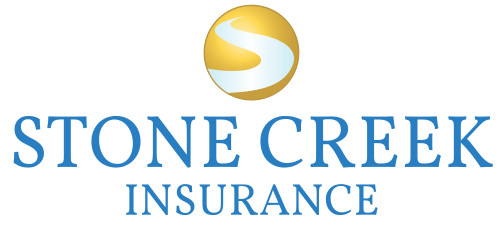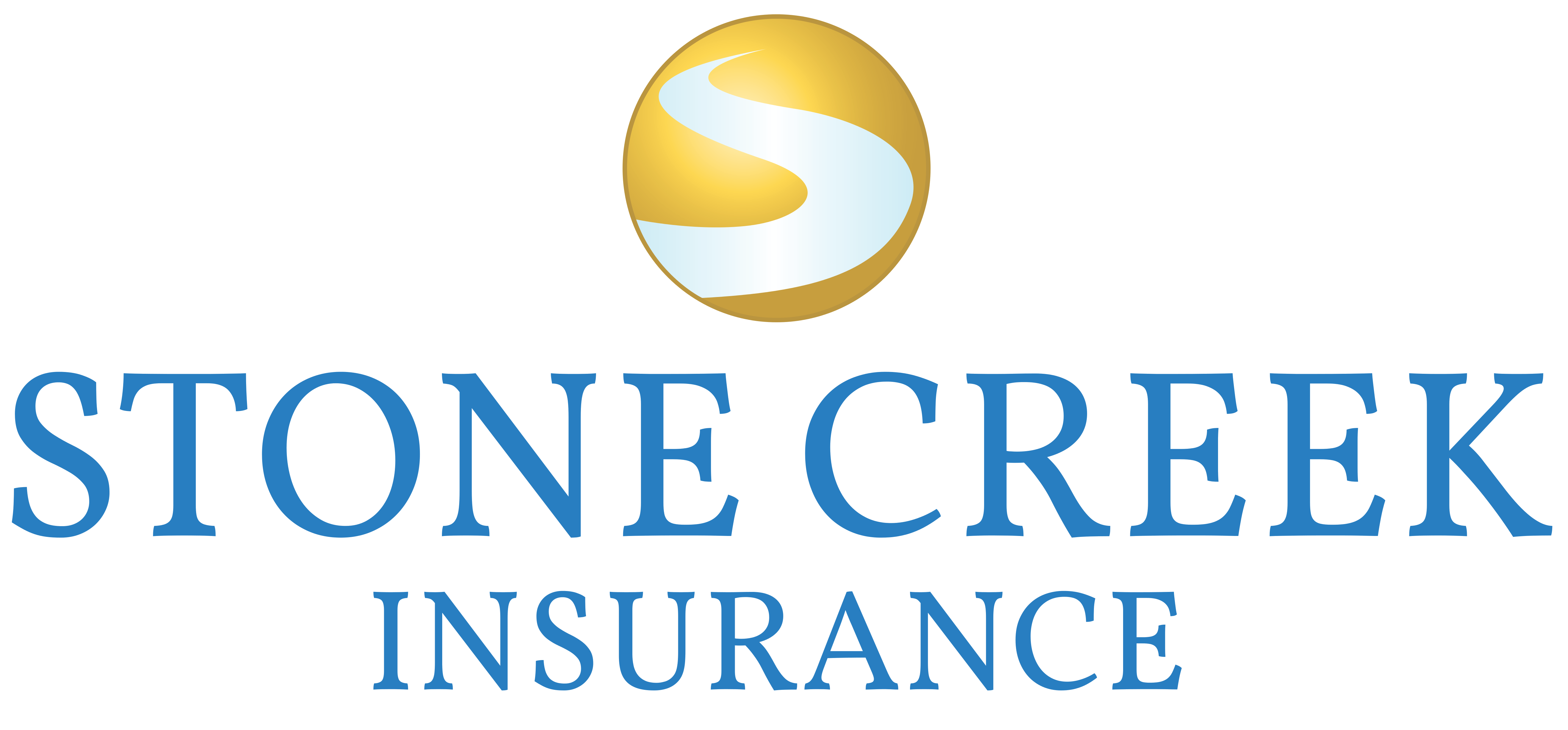
05 Mar Understanding Commercial Property Construction Types – Part 2
Understanding Commercial Property Construction Types
Knowing how your Commercial Property was built is critical to properly evaluating its value, replacement cost, and Insurance needs. There are 6 major construction types that you should be aware of if you are a commercial property owner: Frame Construction, Jointed Masonry, Light Noncombustible, Masonry Noncombustible, Modified Fire Resistive,
and Fire Resistive. We went over the first three types in part one of the blog, here we will explain the remaining three construction types.
Understanding Commercial Property Construction Types- Masonry Noncombustible
Masonry Noncombustible are similar to jointed masonry, however they use slow burning or noncombustible materials for the floors and roofs. Alternatively the building can be considered masonry noncombustible if the exterior masonry walls are 4 inches thick. Masonry noncombustible buildings are less likely to collapse in a fire because they use materials that don’t readily burn. Alternatively, masonry noncombustible buildings sometimes use unprotected steel for the interior floor and roof, which can be unstable in high temperatures.
Understanding Commercial Property Construction Types- Modified Fire Resistive
Modified Fire Resistive buildings are built with exterior walls, floors, and roofs that are all made from materials that have fire resistive materials. These types of buildings can be difficult to tell apart from the next class we discuss, which is fire resistive. The main difference between these two are in the fire rating. Modified fire resistive buildings are constructed with materials that have a fire rating of less than two hours, but more than one hour. Masonry buildings may fall into the modified fire resistive or fire resistive depending on the materials and fire rating of the walls, floors, and roofs.
Understanding Commercial Property Construction Types- Fire Resistive
Fire resistive buildings are similar to modified fire resistive, except the exterior load bearing walls are required to have a fire rating of at least 2 hours. Alternatively, if the building is masonry, it must be solid masonry or reinforced masonry at least four inches thick or hollow masonry at least 12 inches thick. In addition to the exterior walls, the floors and roofs must be four inch thick reinforced concrete or have a fire rating of at least two hours. Fire resistive buildings, as you can imagine, perform better than other structures in a fire, however, they tend to be expensive to build.
If you would like to learn about construction types or your commercial property, give us a call!
You can reach us at 925-297-4829.
All information is general in nature and is intended to provide guidance only. It is up to you to request specific coverage options, the agency and agent do not bear this responsibility. Always read the policy if there is a questions about coverage or a claim. If any information herein should conflict with your actual policy’s specific language, the policy language will be controlling.


